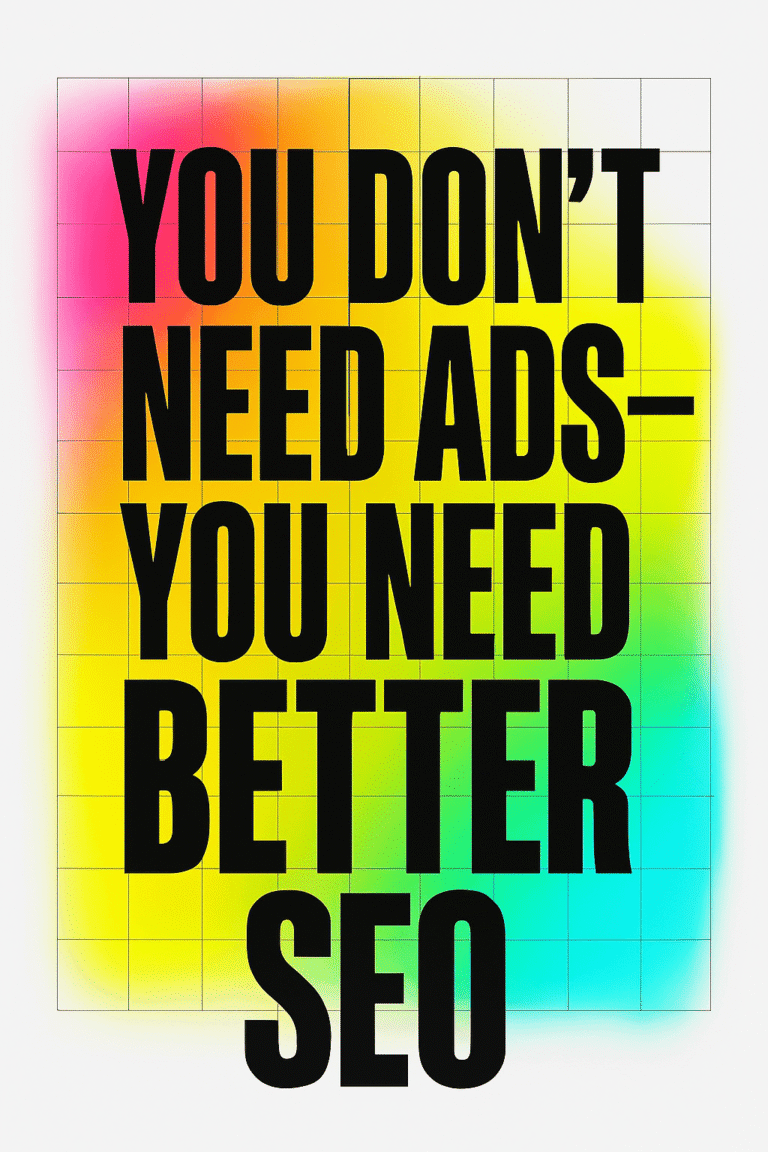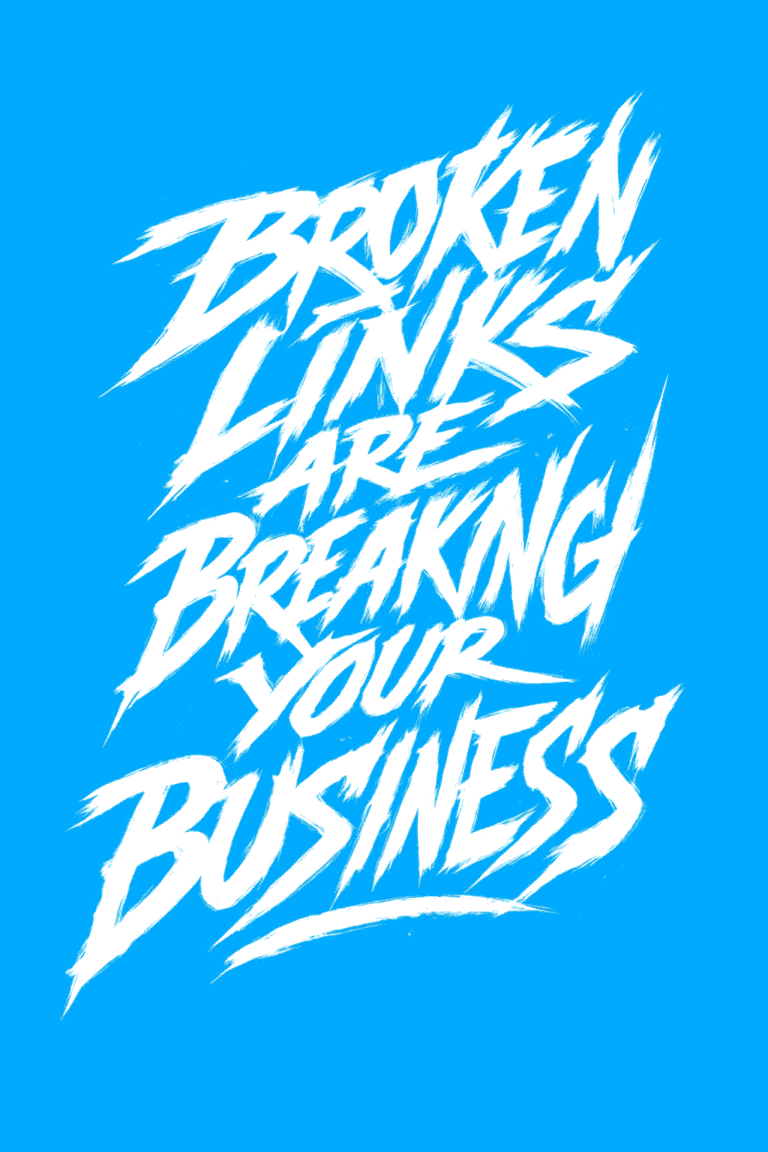
In marketing, the power of visual elements cannot be understated. Shapes, often overlooked, are fundamental in crafting brand identities and marketing messages that resonate with audiences. They are not merely aesthetic choices; they are silent ambassadors of brand values and emotions. This is where the psychology of shapes emerges as a pivotal aspect in the narrative of marketing and branding.
Shapes speak a universal language, transcending cultural and linguistic barriers. They have the power to influence perception, evoke emotions, and drive consumer behavior. In marketing, the strategic use of shapes can amplify a brand’s message, making it more memorable and impactful. A circle might evoke a sense of community, while a triangle could signify growth and dynamism. Squares and rectangles, often seen as stable and trustworthy, can lend an air of reliability and strength to a brand’s identity.
This blog post is dedicated to unveiling the secrets of shape psychology in marketing. We’ll explore how marketers can harness the emotional power of shapes to create more effective and engaging brand experiences. Whether it’s through logos, packaging, or online content, understanding the subtle yet profound impact of shapes can transform your marketing strategy. By the end of this journey, you will look at shapes not just as design elements, but as powerful tools in the art of emotional branding. Let’s dive into the world where shapes do more than fill space – they evoke feelings, tell stories, and build connections.
Understanding Shape Psychology in Marketing
Defining Shape Psychology
- Shape psychology refers to the study of how visual shapes influence human behavior and perception, especially in the context of marketing and branding. It’s a subset of the broader field of visual marketing, where the focus is on how different geometric forms can elicit varied emotional responses from consumers.
- This concept is crucial in marketing because it taps into subconscious associations and feelings. The right shapes can enhance brand recall, influence purchasing decisions, and build brand personality.
Importance in Marketing
- In a market flooded with visual stimuli, brands need to stand out and connect emotionally with their audience. Shape psychology provides a toolkit for creating distinct and memorable brand identities.
- Shapes can convey complex messages quickly and effectively. For example, a logo’s shape can tell a story about the brand’s values and ethos without using a single word.
- Understanding shape psychology enables marketers to craft targeted campaigns that resonate with their desired audience, fostering deeper engagement and loyalty.
Shapes and Consumer Perception
- Each shape holds specific psychological implications and can evoke distinct emotional responses. Understanding these can be a game-changer in creating effective marketing strategies.
- Circles, often associated with unity, protection, and community, are used in brands that want to appear friendly and approachable.
- Squares and rectangles, symbols of stability and trustworthiness, are preferred by brands that wish to project an image of reliability and strength.
- Triangles are dynamic and often associated with movement and direction. Brands that want to be seen as progressive and innovative incorporate triangular elements into their designs.
Influencing Consumer Behavior with Shapes
- The strategic use of shapes can guide consumer behavior. For instance, circular shapes might be more effective in brands aiming to create a welcoming, encouraging engagement and a sense of community.
- Conversely, angular shapes like triangles or squares might be used to create a perception of efficiency and professionalism, which can be particularly effective in B2B marketing or industries like technology and finance.
- The key is aligning the shape with the brand’s core message and target audience’s expectations and preferences. This alignment can lead to stronger brand recognition, preference, and loyalty.
Circles in Marketing: Creating a Sense of Community and Trust
Symbolism of Circles in Branding
- The circle, a timeless and universal symbol, represents notions of wholeness, unity, and infinity. In marketing, it’s often used to portray a sense of community, inclusiveness, and continuity.
- Circles have a calming effect and are seen as non-threatening and harmonious. This makes them ideal for brands that want to project an image of friendliness and approachability.
Circles in Logos and Visual Identity
- In logos, circles can soften a brand’s image, making it appear more welcoming and trustworthy. They can also give a sense of motion and fluidity, suggesting innovation and adaptability.
- When used in packaging, circular shapes can make products seem more approachable and user-friendly.
Squares and Rectangles: Symbolizing Strength and Reliability
The Impact of Squares and Rectangles in Branding
- Squares and rectangles convey feelings of stability, order, and reliability. They are often used in industries where trust and professionalism are paramount.
- These shapes are associated with strength, efficiency, and groundedness, making them suitable for brands that emphasize quality and dependability.
Effective Use in Logos and Marketing Materials
- In logos, the use of squares and rectangles can create a perception of solidity and trustworthiness. They are particularly effective in conveying a brand’s commitment to reliability and excellence.
- In marketing materials, these shapes can be used to structure content, creating a sense of clarity and ease of understanding, which is crucial in conveying complex information.
Triangles in Branding: Indicating Growth and Innovation
Triangles as Symbols of Dynamism in Marketing
- Triangles are often associated with direction, energy, and progress. Their dynamic nature makes them ideal for brands looking to convey a sense of innovation and forward-thinking.
- The direction of the triangle can also influence its interpretation. Upward-facing triangles can suggest growth and ascension, while downward-facing ones might imply stability and grounding.
Triangles in Logos and Campaigns
- In logos, triangles can convey a sense of action and movement, ideal for brands that want to be perceived as progressive and cutting-edge.
- In marketing campaigns, triangular shapes can be used to draw the eye and create a sense of excitement and urgency, encouraging consumer engagement.
Leveraging Abstract and Organic Shapes: Differentiating Brands
The Role of Non-Traditional Shapes in Branding
- Abstract and organic shapes break the mold of conventional geometric forms, offering a unique way to convey creativity and individuality. They can be particularly effective for brands aiming to stand out in a crowded market.
- These shapes are often fluid and dynamic, suggesting flexibility, creativity, and a human-centric approach. They can be particularly appealing to younger demographics and creative industries.
Using Abstract Shapes in Branding and Marketing
- Abstract shapes, with their less defined and more fluid boundaries, can evoke a sense of mystery and intrigue. They can be used to create a brand image that is modern, innovative, and forward-thinking.
- In marketing materials, abstract shapes can add a layer of creativity and depth, making content more engaging and visually appealing.
Combining Shapes for Emotional Impact
Techniques for Combining Different Shapes in Design
- The art of combining shapes involves balancing different geometric forms to create a harmonious and cohesive brand identity. It’s about understanding how different shapes interact and complement each other to convey a complex brand story.
- The juxtaposition of different shapes can create visual interest and highlight specific brand attributes. For example, combining circles with squares can balance friendliness with professionalism.
The Power of Shapes in Marketing
The psychology of shapes in marketing is a testament to the profound impact that visual elements have on consumer perception and behavior. By carefully choosing and combining shapes, marketers can create brand identities and campaigns that resonate deeply with their audience. Shapes are not just visual elements; they are powerful tools that can evoke emotions, tell stories, and build connections. As we continue to navigate the modern world of marketing, the strategic use of shapes will remain an essential component in creating compelling and effective brand narratives.





